Critical thinking is one of the seven essential life skills needed by every child. It involves assimilating information, drawing interrelationship, making inferences, creating hypotheses, and making judgments based on our understanding and observation of life experiences and learning. Any new information introduced to the children, they have to find how this new information fits in the library of what they already know and how it changes what is already known to them. This type of deeper synthesis requires curiosity and imagination to go beyond the usual. Fortunately enough, nature blesses every child with the basic ingredient of curiosity and imagination, which has to be nurtured as Critical Thinking.
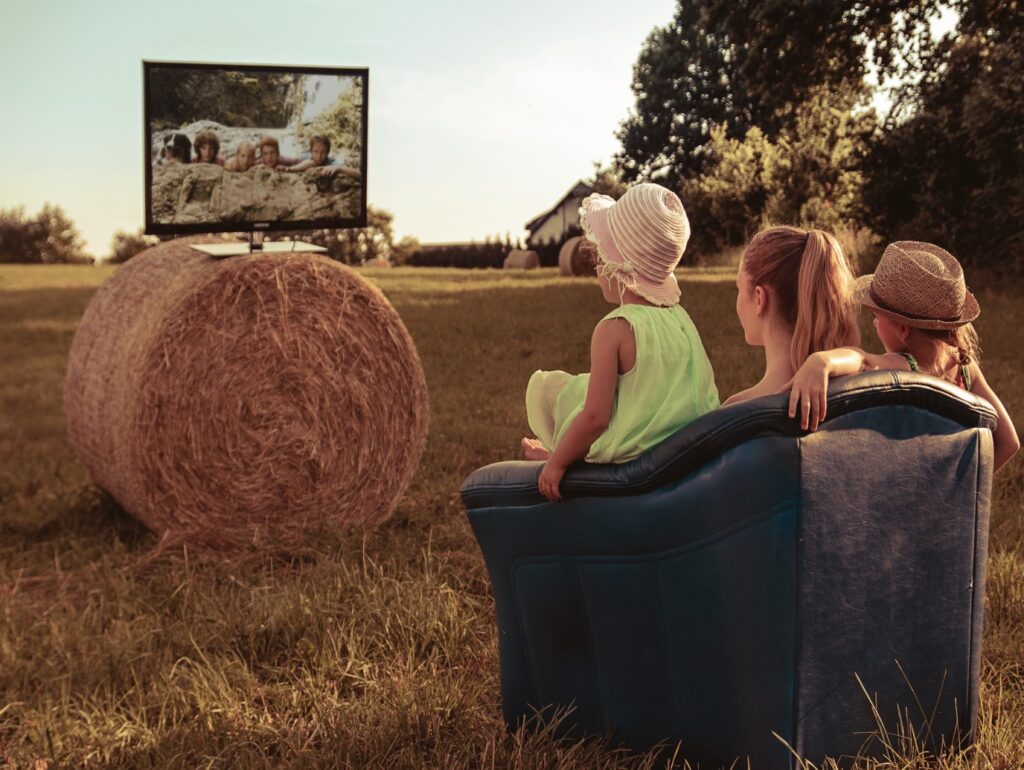
In the 21st century, kids need to be critical thinkers and apply logical reasoning along with being creative thinkers and problem solvers. It has become essential for kids to think ‘out of the box’ and explore where their interests lie. Critical and logical thinking helps kids not only in better communication, analytical thinking and evaluation but also in self-discovery, which are vital skills for the future. In retrospect, we need to create opportunities for our children to use critical and creative thinking skills daily.
One of the mediums to enhance critical thinking can also be movies. Research has shown that inspiring movies can encourage children to think creatively and increase their critical thinking capabilities. Films can provide a highly motivating atmosphere in gaining attention and making children understand facial expressions, gestures of characters, and insight into the structure of language usage. Movies can expose kids to everyday situations and conversations that provide them cross-cultural and realistic contexts; opportunities to learn, connect the dots, and deduce observation beyond the regular academic learning.
Here are some of the movies that can teach valuable lessons to children and are super in the engagement factor:
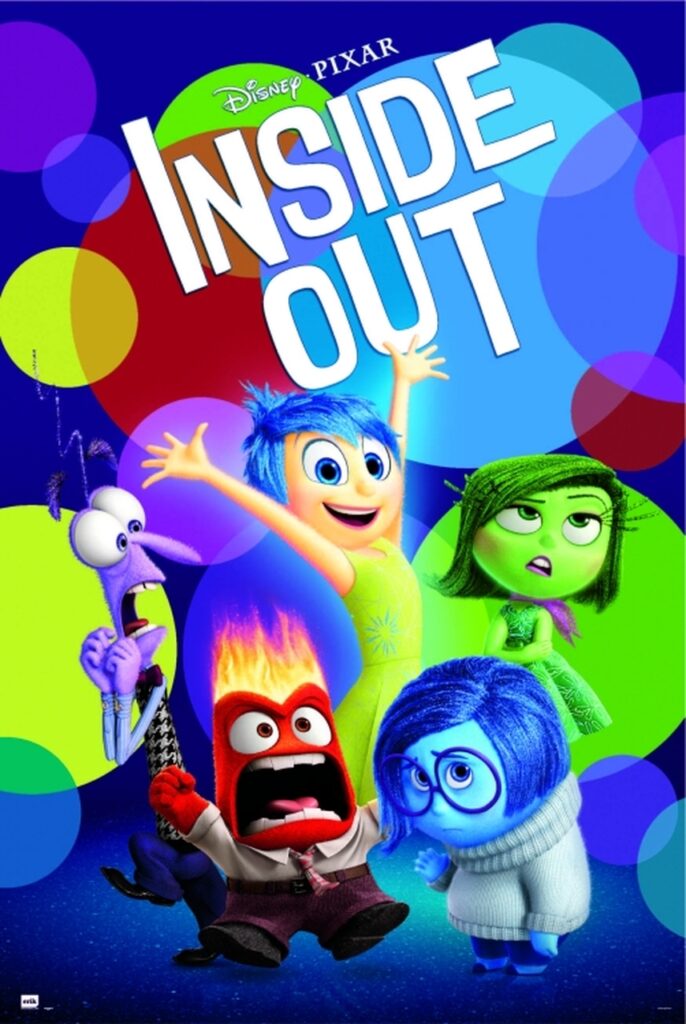
- Inside Out: The film is set in the mind of an 11-year-old girl, Riley, with strong emotions like anger, sadness, fear, disgust, and jealousy embodied by its characters, who help Riley in her life. The film shares some profound things about the nature of our emotions and what usually goes in the mind, in a pictorial manner, when someone is thinking. The film’s fundamental message is consistent with scientific research about feelings.
Some of the film’s memorable scenes double up as teachable moments, such as don’t try to force happiness, and happiness is not just about joy. It leaves a very powerful message that we should mindfully embrace challenging emotions rather than suppressing them.
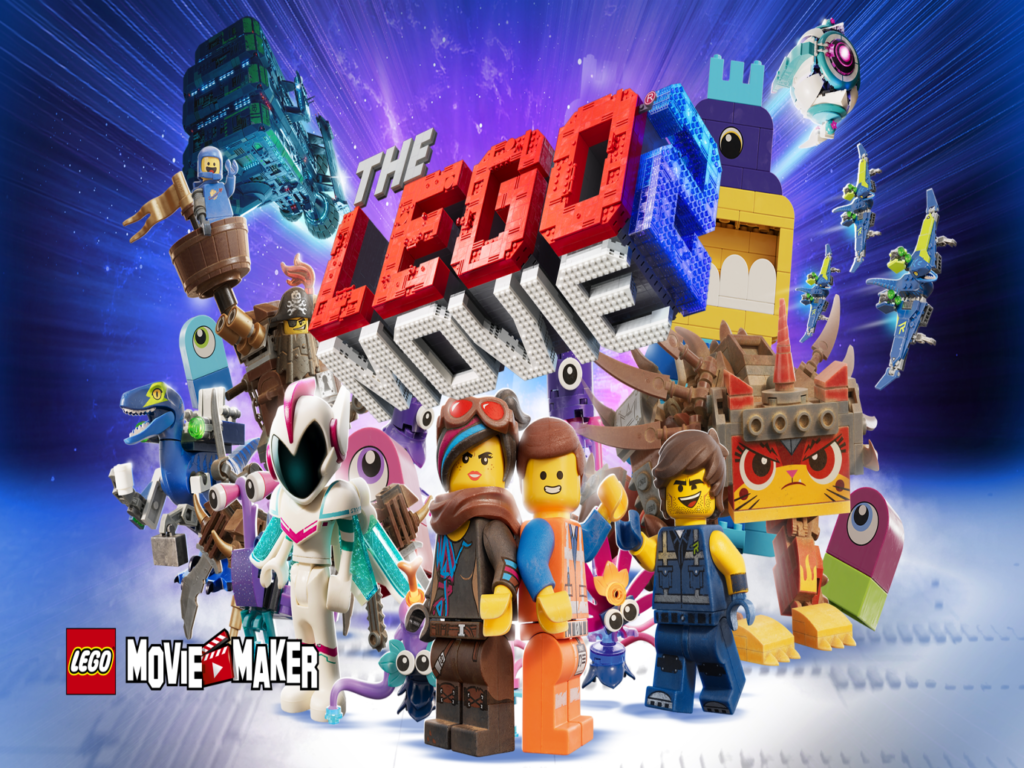
- The Lego Movie: The Lego Movie is an animated film featuring famous Lego features like Gandalf, Superman, Superwoman, and Batman. The movie is set in an urban environment having a ruler called Lord Business. Emmet is the protagonist who is a construction worker and is identified as the ruler’s saviour. The movie is recommended for children aged 5-8 years with parental guidance. The key message is that everyone is unique if they believe in their special abilities.
Along with the fun, there are several grown-up lessons in the movie, such as success requires a variety of skill sets and is attainable when one believes in self and the team. Also, there is always more than one way to do something, and a ‘never giving up attitude’ is an essential foundation of moving forward.
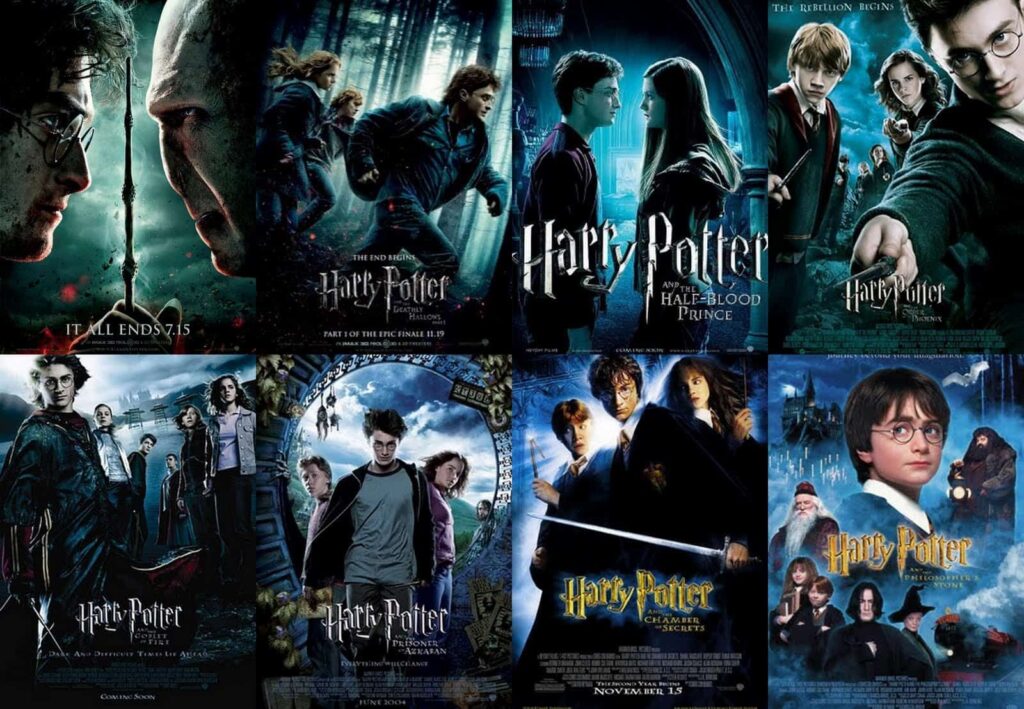
- Harry Potter: Harry Potter series is about an unlikely trio who time and again prove their friendship. Together they face Death Eaters and dementors. It also shows horrifying pitfalls of teenage life like jealousy, doubts and relationships. The movie series is recommended for children above 10 years of age to grasp the nuances of the movie.
Some of the takeaways of the series are: the importance of friends, talking to share, belief in self, the importance of community, asking help from parents is okay, facing one’s fears, and never give up.
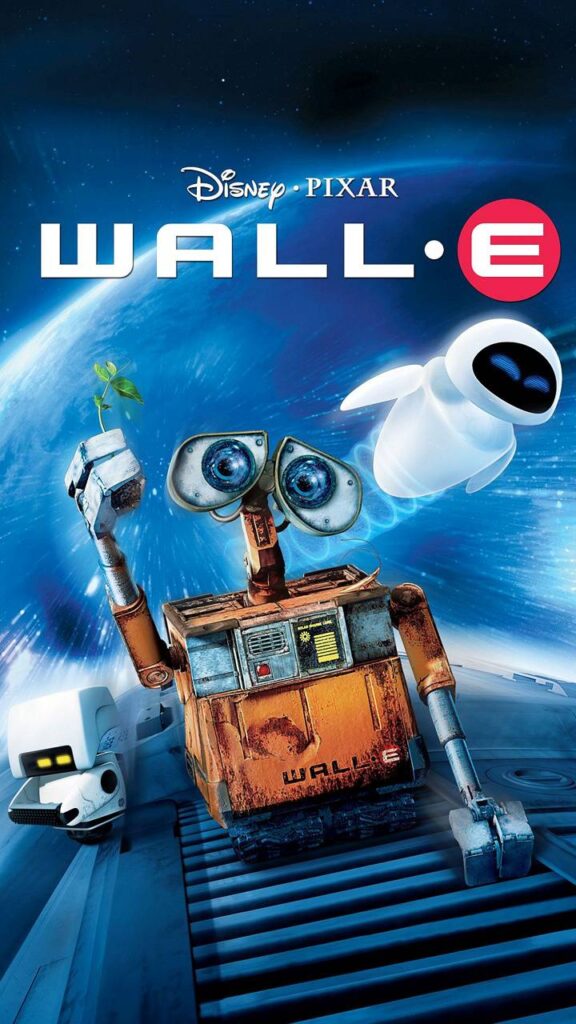
- Wall-E: Wall-E is about the last robot that is left on the earth, which spends time tidying up the planet, one garbage piece at a time. When Wall-E starts feeling a little lonely, he meets Eve – a sleek probe sent back to earth on a scanning mission – Wall-E is smitten and follows Eve across the galaxy.
The central message of the movie revolves around environmental collapse and climate change. The film also comments on the menial work done by the employees dealing with waste. It also highlights the concept of convenience.

- Apollo 13: Apollo 13 shows the safe return of the spacecraft intended to be NASA’s third-moon landing mission. The lunar landing was aborted due to the failure of an oxygen tank two days into the task. Because of the explosion, the spacecraft was pointed back home to earth. The movie is a great family watch. It is excellent for children ages 11 and up.
The message in the movies is profound and significant – learn from your failures. Though Apollo 13 couldn’t land on the moon, the mission was a successful failure as the team gained a lot of insight into handling a crisis. They were also able to get images of the moon’s surface, encouraging the achievement of new results through innovation and learning from failures.
Conclusion

Although movies are not used as a primary method of developing various life skills, they can form a part of everyday learning and enhance critical and logical thinking. As any story has the potential to weave significant life lessons, movies can easily let children explore conceptual linkages through simple questions like ‘why’ and ‘how.’ This can offer new perspectives, bring contexts alive and also help children learn about their emotions. These skills can be then further expanded by helping our children share their likes, dislikes, and opinions, by creating opportunities for reflective discussions. Individual reactions to these situations can be a healthy way to create debates and structuring logical arguments. If explored adequately, this can become the source of inspiration, creative expression, and critical thinking.


1 Comment. Leave new
Just want to say your article is astounding. The clearness in your post is simply cool and i could assume you are an expert on this subject. Fine with your permission let me to grab your RSS feed to keep updated with forthcoming posts. Thanks a million and please continue the enjoyable work.